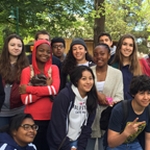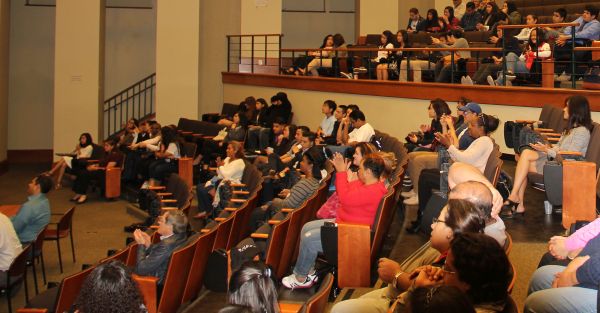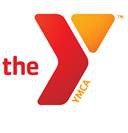 The Young Entrepreneurs At Haas (YEAH) program recently concluded its 27th year of service to Bay Area high school students. A key component of the program is business plan presentations done by high school sophomores. The students are given free rein to devise any business they think is needed and could be successful. With ideas in hand, they work with an undergraduate business or MBA student coach to flesh out the business value, structure, financials, supply chain, and marketing. With a clean slate on which to innovate, the talented groups came up with novel product and service ideas. Three themes emerged from this year’s presentations:
The Young Entrepreneurs At Haas (YEAH) program recently concluded its 27th year of service to Bay Area high school students. A key component of the program is business plan presentations done by high school sophomores. The students are given free rein to devise any business they think is needed and could be successful. With ideas in hand, they work with an undergraduate business or MBA student coach to flesh out the business value, structure, financials, supply chain, and marketing. With a clean slate on which to innovate, the talented groups came up with novel product and service ideas. Three themes emerged from this year’s presentations:
- Social Entrepreneurship
- Collaboration
- Consolidation
These themes underscore the evolution of business and the mindset needed from a new generation of business leaders. The teams presented to a panel of judges and deftly defended their ideas during the Q&A sessions.

An enthusiastic crowd supports the student presenters.
Social Entrepreneurship
One half of the companies provided a social good of some kind. The teams did not refer to themselves as social entrepreneurs, but the mission focus of their idea and business structure was clear. The presentations made it clear that students did not consider this novel or attention-getting. There is an implicit expectation that successful companies will contribute to the well-being of the community either directly through an offering or through its operations. Many startups consider social impact to be a point of differentiation or even a competitive advantage. These budding leaders signal a soon-to-be future where that it not the case.

A student team fields questions from judges.
Collaboration
The business mantra of “leading” and “following” is dissolving. The next generation of leaders doesn’t see a push-pull, us-vs-them environment. Where a traditional business plan would identify competitors, young leaders see only potential partners. With one presentation after another, teams commented that their ideas offered something new, and that incumbents were better off collaborating to stay relevant in the marketplace instead of wasting the time and energy to compete head to head against novel startups. Collaborative networks working to create shared value are not new to the social impact space. Young entrepreneurs see collaboration as a key business tactic for success across sectors.
Consolidation
In terms of the actual ideas, many of them showed a frustration with a fragmented landscape of niche products and services. There is a value in a consolidated, robust product that provides users with a go-to place for what they need. Students identified a complex world where each product or service provides one small remedy to an ongoing pain-point. There was a tenable desire for consolidation of these services. Several teams hinged on this added value as the core proposition for their idea.
The success of the YEAH program is clear, with a 27-year track record and nearly 100% of program graduates going to college. Visit the YEAH program page at Berkeley-Haas for more information.
Which of these themes ring true for you?
 As readers of the CSSL blog, you’ve seen our recent work as the global launch partner for
As readers of the CSSL blog, you’ve seen our recent work as the global launch partner for 
 The 2016
The 2016  It’s not just you: Nonprofit financial management is difficult for several reasons. Even experienced finance industry professionals can struggle to understand the financial structure of a nonprofit whose board they join. Despite this reality, a little information goes a long way for board members trying to understand and engage with nonprofit finances.
It’s not just you: Nonprofit financial management is difficult for several reasons. Even experienced finance industry professionals can struggle to understand the financial structure of a nonprofit whose board they join. Despite this reality, a little information goes a long way for board members trying to understand and engage with nonprofit finances.
 I am sure I am not the only one struggling a bit to feel holiday cheer given recent events. But I consider myself incredibly fortunate. I get to come to campus every day and work with talented, visionary Haas MBAs and other Cal students who are absolutely determined to solve some of the toughest problems facing society.
I am sure I am not the only one struggling a bit to feel holiday cheer given recent events. But I consider myself incredibly fortunate. I get to come to campus every day and work with talented, visionary Haas MBAs and other Cal students who are absolutely determined to solve some of the toughest problems facing society.


